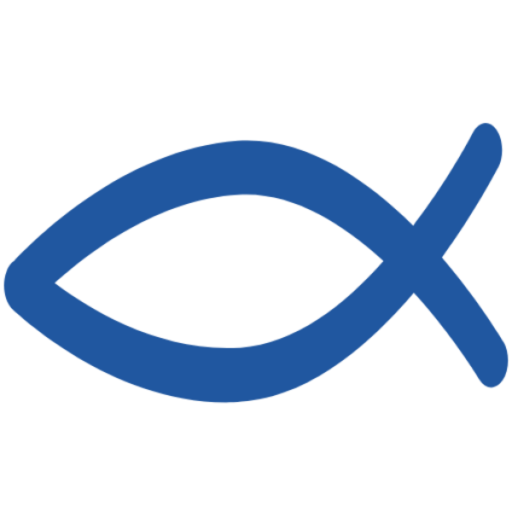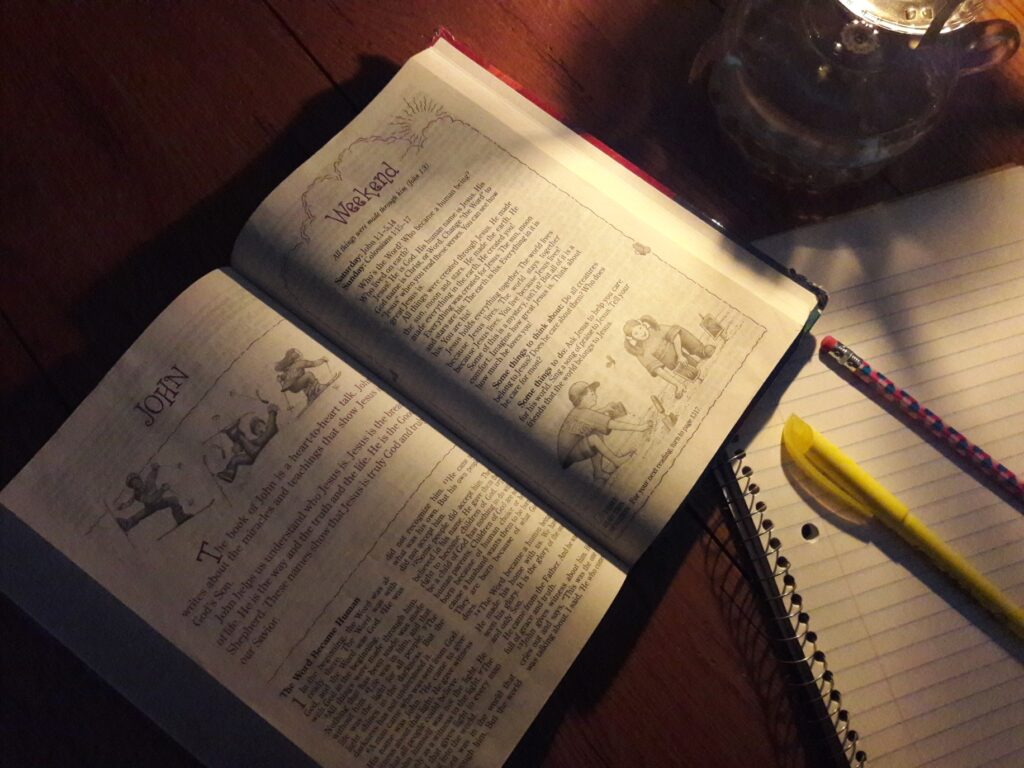There is a strong pull to start reading the Bible from beginning to end. That’s not surprising because books are normally read from cover to cover. There’s nothing wrong with that plan, but it does pose some interesting challenges.
The Bible consists of sixty-six individual books that are not all in chronological order, so there is not always a smooth transition from one book to the next. The book of Exodus describes the Israelites’ journey through the wilderness and ends with the completion of the tabernacle and God filling it with His presence. The next book Leviticus interrupts the storyline by describing the over numerous laws and offerings given to the Israelites by God, as well as the requirements of the priests. It’s not until Numbers that the story continues. For a first-time reader, this is a bit confusing. But once you gain an understanding of how the books of the Bible fit together, you see that the interruptions in the storyline have purpose.
To figure out where is a good place to start reading the Bible, you have to take into consideration the purpose for reading. I believe most people read the Bible to learn what God’s message is to man. So the question is where in the Bible can we read about this?
The Bible is divided into two parts: the Old Testament and the New Testament. The Old Testament uses the story of the Israelites to show us why we need a Savior. The New Testament introduces us to that Savior and shows us what God expects of us. So the Bible’s message hinges on the story of our Savior, Jesus Christ. His life not only introduces the reader to who God is but also to what God has done for us. This directs us to the New Testament to find our beginning point, specifically the Gospels.
When God had the story of Jesus written down, He chose four men with four different viewpoints of His Son’s life. These four perspectives are found in the first four books of the New Testament, which are called the Gospels. They include the books of Matthew, Mark, Luke, and John. Anyone of these books would be an excellent place to start reading in the Bible. I personally suggest the book of John. The author was one of three disciples that Jesus chose to bring into His inner circle. For example, when Jesus met with Moses and Elijah on the mountain, He brought Peter, James and his brother John with Him. So John was able to experience a more intimate side of Jesus.
The other reason that I encourage reading the book of John is because he shows Jesus as the Son of God, emphasizing His deity. Chapter one opens with the presence of Jesus with God at creation! Also, unlike the other three Gospels, John focuses on the words of Jesus rather than centering on His movements. So the reader gets a better feel of who Jesus is by His own words.
If the purpose of reading the Bible is to gain its overall message, I suggest using a children’s translation. If you are not doing a deep study, a children’s Bible carries the same message without the lofty language that can be a bit difficult to understand. My personal favorite is the Kids New International Readers’ Bible (NIrV). When I teach Bible studies, I encourage using the NIrV to complete assignments to gain a fresh new look at the text. It’s exciting when someone that has been studying the Bible for years comes up to me and shares how reading with a children’s Bible gave them a fresh new outlook.
The Bible is an amazing book. The deeper you get into it the more life-changing it becomes. So grab a children’s Bible and turn to the book of John. Take your time and enjoy reading this beautiful story of God’s love for you. I promise you will never be the same.
Did you enjoy the post?
Click on a star to rate it!
Rating 0 / 5. Vote count: 0
No votes so far! Be the first to rate this post.
We are sorry that this post was not useful for you!
Let us improve this post!
Tell us how we can improve this post?

